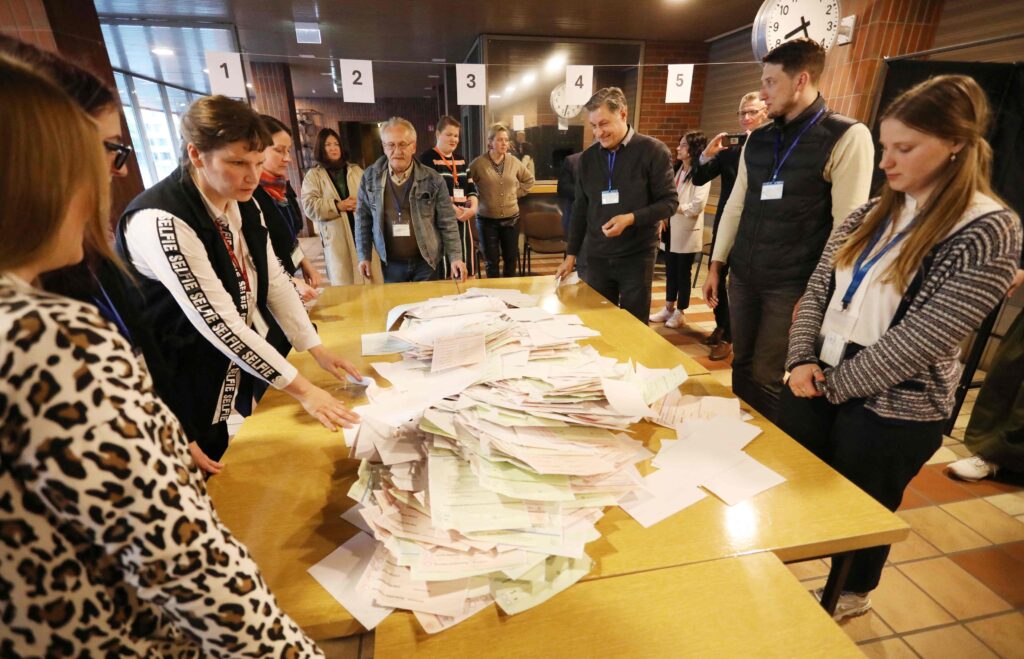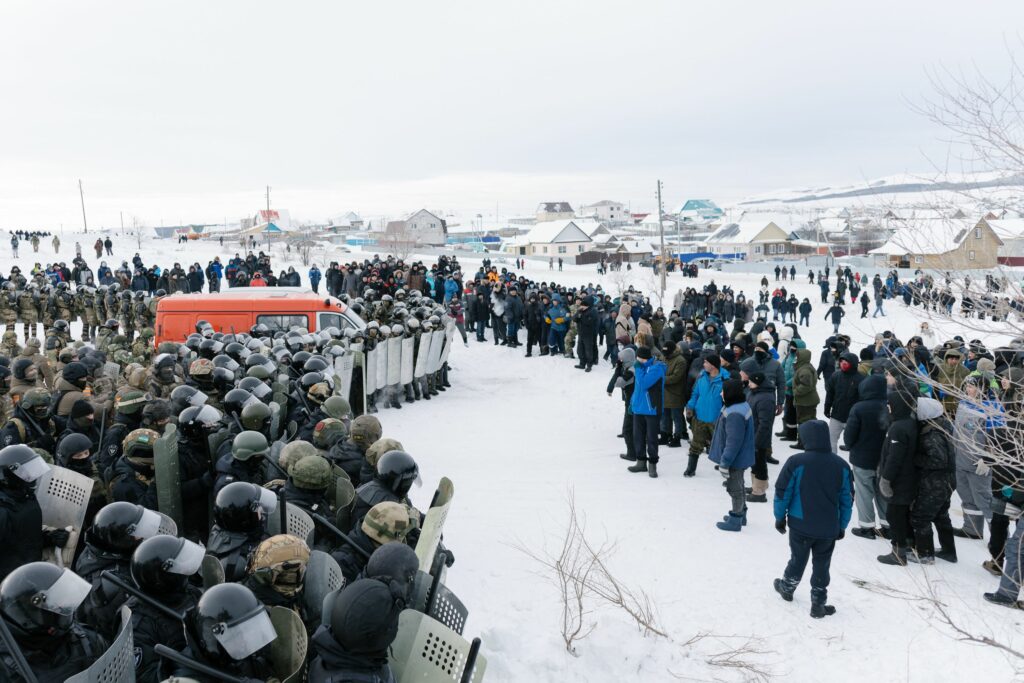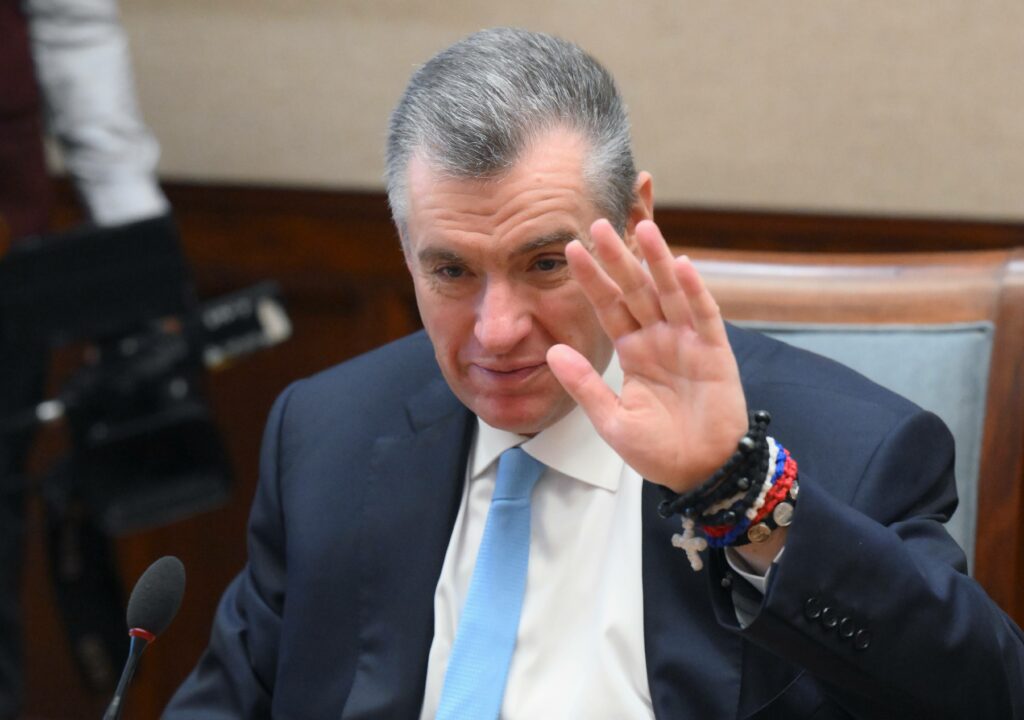Elections took place across Russia on September 13th. While there has been much discussion of the election results themselves, less attention has been paid to one of the technological aspects of the campaigns — namely, candidates’ activity on social networking sites. That is my plan for this article, with an emphasis on the online activity of candidates endorsed by the president.
According to international election standards, free expression of the will of the people is impossible without genuine pluralism of opinions in the media. In Russia, nearly all media outlets throughout its regions are either directly owned by the state or heavily dependent on government contracts and budget subsidies. Given this situation, many have pinned their hopes on social networking sites to make the information space more pluralistic.
How can effectiveness be measured?
Spin doctors have been discussing the political effectiveness of social networking sites for several years now. The problem is that it is much more difficult to measure the effectiveness of interactions with the ‘consumer’ on social networking websites in politics compared to e-commerce. Unlike online shop owners, a candidate or party cannot place a ‘vote’ button (similar to the ‘buy’ button) on a website. Hence, the use of social networking platforms by candidates and parties resembles traditional forms of campaigning, including media advertisements and street canvassing, rather than e-commerce. To be more precise, it is a mixture of media advertisements and outdoor (or indoor) canvassing; you post a message and wait for a possible reaction.
Social media monitoring was carried out using the automated SCAN Interfax and Brand Analytics monitoring systems to track mentions on social media (blogs, micro-blogs, social networking sites, forums, etc.). In addition, the monitoring systems also recognise video scripts and captions. Information posted via messengers (e.g. WhatsApp campaign messages, which have become increasingly popular in the last couple of years) was not monitored. Although problems with the monitoring of Facebook and Telegram messages were noted during the monitoring period (July 22 to September 9), this should not distort the overall picture, as Facebook and Telegram have very limited audiences outside Moscow and St Petersburg, while the monitoring of the main online platforms was relatively seamless.
For each of the regions where major elections were held, separate monitoring topics were developed within the monitoring systems. Monitoring involved tracking mentions of candidates’ names and other key election-related words in social network accounts and communities of users located within the boundaries of a given region.
However, the mere mention of a candidate in a post cannot in itself be tantamount to the candidate’s effective use of social networking platforms; one can post millions of posts that no one will ever read or interpret in the desired way after having read them. The reach of traditional media can be measured by the number of views. This parameter is not entirely suitable for measuring the reach of social networking sites invaded by bots and susceptible to advertising fraud.
Therefore, the effectiveness of politicians’ activity in social media was measured first of all based on engagement, i.e. the monitoring of user reactions and activity. Engagement is calculated as the sum of all likes, comments and reposts. Although this indicator can also be distorted by bots, it is the only indicator that provides some idea about users’ real interest in a post. Another limitation is that it is impossible to determine users’ eligibility to vote (e.g. whether someone is 18 years old). Some assumptions have to be made. After all, even users not eligible to vote can influence the political debate by being part of the information space.
Does social networking matter?
There is a significant limitation when it comes to social networking sites in Russia. According to the rules of the largest Russian social networking platforms, VKontakte and Odnoklassniki (Classmates), paid political advertising is prohibited. In other words, you cannot pay for the targeted promotion of posts with political content on these sites. The only option you are left with is to campaign among your narrow circle of subscribers or communities.
However, the largest communities are administered. In fact, there is no freedom of expression on these sites either. You have to pay to post, which reduces the financial transparency of election campaigns, since mostly shadow funds are used to finance these posts. In the case of campaign-related content made public by a mass media outlet, it has to present the content of competitors’ campaigns on the same terms. Public-group admins have no such obligations to the public.
Let us take a closer look at a real case of the gubernatorial election in Perm Krai this year. In one day, August 3, Dmitry Makhonin, the acting governor of Perm Krai and a gubernatorial candidate, who was endorsed by the president, was mentioned 313 times in the Perm segment of social networks; 140 of these mentions were posts and reposts, while the rest were user comments. Nearly all of the key posts were written in formal language and were obviously distributed among public groups from one hub. It is difficult to imagine that 25 different communities would copy and paste the same content and post it almost simultaneously free of charge, while 14 public groups would copy and paste another post. Among them, one could easily identify a large number of popular regional communities. Some of them were ready to make five to seven posts a day about a given candidate.
This is a fairly common practice in all the regions in which the gubernatorial elections took place this year. SCAN Interfax’s monitoring of social networking sites showed that, during the election campaign, the names of the candidates endorsed by the president usually appeared in mass media online communities and accounts rather than user profiles in most regions.

It is noteworthy that so-called user accounts often belong to state-funded institutions, district administrations or other authorities. Instagram is a typical example. An Instagram account belonging to the Medical Information and Analytical Centre of the Jewish Autonomous Oblast (JAO) which shared a post mentioning the name of one of the candidates was recognised by the monitoring system as a ‘user account’. The JAO government account which shared a post on Odnoklassniki was also classified as a ‘user account’. In other words, the actual role of public groups and government accounts in promoting candidates endorsed by the president on social networking platforms is more influential.
The Komi Republic as well as Irkutsk and Arkhangelsk Oblasts stand out against this backdrop. In these regions, the election campaign was more politicised, and candidates endorsed by the president were mentioned by ordinary users in discussions following posts shared in communities. Other mentions were part of centralised, usually paid posts. Thus, alternative candidates were mentioned only a fraction as often. For example, even in Irkutsk Oblast, the candidate who came second was mentioned only one third as often as the acting governor, and he was mentioned almost exclusively in user accounts.
As a result, contrary to previous expectations, hopes are not high when it comes to levelling the playing field for different parties in terms of the coverage of politics, including elections, on social networking platforms. In fact, social networking services can even exacerbate inequalities in public debate. The administrators of major communities often do not even think about their public obligation to respect the principle of pluralism. These obligations are formally imposed only on mass media outlets, which are usually less popular among readers and are actually being replaced by large online public groups in their regions. Those who manage the accounts of governmental institutions or state-funded organisations care about the principle of pluralism even less. In fact, during regional and local election campaigns, social networking sites often become an extension of the propaganda disseminated by state-owned media.
Numerous, but so far ineffective, posts
Hopes can be pinned only on the extremely limited reach of posts shared by the authorities in social networking platforms. Most messages are written in the language of official press releases and do not resonate with internet users. This can be judged by the level of engagement, which measures the number of user reactions (likes, reposts or comments) below the relevant post.

As can be seen from the tables, these posts do not trigger a substantial user response. In most cases, the average engagement rate (sum of reactions) does not exceed 26, which means that an average post mentioning the most popular gubernatorial candidate during the heated phase of the election campaign in the respective region generated 8–26 likes, reposts and comments (including those by bots). These figures are low even in the case of the candidates with the highest average engagement, the governors of Krasnodar Krai and JAO.
The opposition is no better
The opposition is not doing any better. For example, the mention of the ‘Smart Voting’ strategy had a user engagement rate of only 23.4 in Novosibirsk Oblast and 32.8 in Tomsk Oblast during the last week of the election (September 6 – 13), i.e. at the peak of voter mobilisation. And the total number of mentions is insignificant. In Tomsk Oblast, as few as 645 posts containing the respective wording were identified by the media monitoring system in the period from August 31 to September 13. These are figures for the regions in which candidates supported by the ‘Smart Voting’ strategy were successful and in which the ‘Smart Voting’ brand was promoted, among others, in the mass media and in the form of traditional promotional materials for the respective candidates.
The findings of a mini-study by Boris Ovchinnikov, who deals with statistical analysis of election data, draw a similar picture. He analysed the frequency of searches for the words ‘smart’ and ‘voting’ in Yandex by users from different cities in which elections were held on September 13.
In terms of the average frequency of such searches in Russia, Tomsk and Novosibirsk were the leaders. Over a period of one month (from August 10 to September 9), 3,070 and 12,477 searches were generated in these cities, respectively. These are small numbers for cities of half a million residents (Tomsk) and 1.5 million residents (Novosibirsk). To better illustrate the meaning of these figures, recall how there were 27 single-member constituencies in Tomsk and 50 single-member constituencies in Novosibirsk. The ‘Smart Voting’ strategy supported one of the candidates in virtually all of these constituencies. This means that there were 113 searches a month on average for the words ‘smart’ and ‘voting’ per single-member constituency in Tomsk and 250 searches in Novosibirsk. The number of users who searched for ‘smart voting’ and subsequently made it to a polling station to vote for alternative candidates is unknown. However, it is known that the number of such voters was smaller than the number of searches. To compare, in the commercial sector, the average overall conversion rate (i.e. the percentage of website visitors who take a desired action) is 1.5–2%. The rate is 30% in the case of online food delivery shops established with online sales in mind. In the case of offline elections, these figures could be even lower.
It is precisely the activity of users searching for information online that is indicative of their interest in a given phenomenon. For instance, the monitoring of search queries in Yandex proved to be very useful in an analysis of the coronavirus epidemic in Russia’s regions: outbreaks of the epidemic could be predicted based on an upsurge in the number of searches for disease symptoms.
It can be concluded that there was probably not much interest in ‘Smart Voting’ as such in these cities. Rather, it was the traditional campaign activity of candidates that played a decisive role, especially given how the winners of the election race had long been known in their regions as strong, independent politicians. For example, from August 1 to 31, according to Yandex, users in Novosibirsk searched for Boyko (the surname of the winning candidate, the head of Alexei Navalny’s presidential campaign office in Novosibirsk Oblast) more than 15,000 times. This number exceeds the number of searches for ‘smart voting’ across the entire Novosibirsk Oblast over the same period.
Russian society’s election preferences have changed significantly over the past couple of years. Still, social networking sites have played a minimal role in election political strategies so far.










